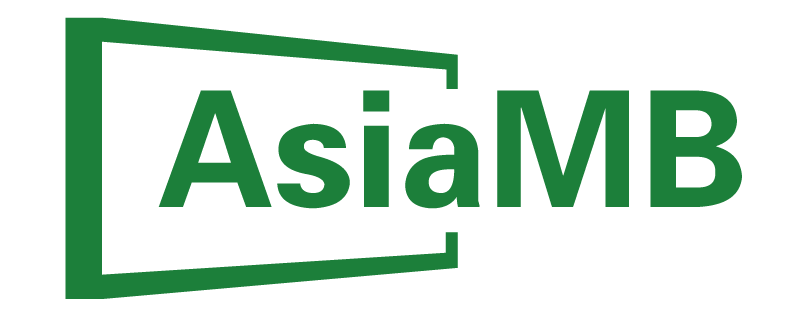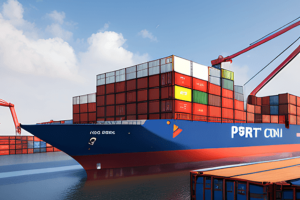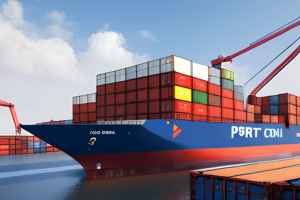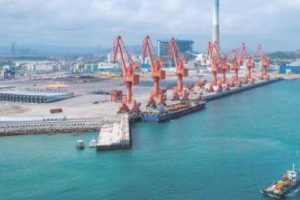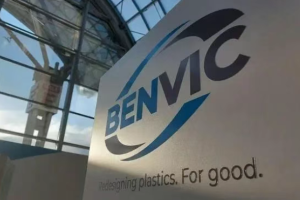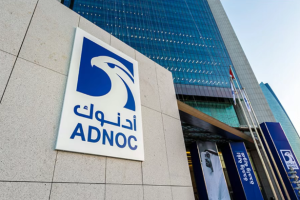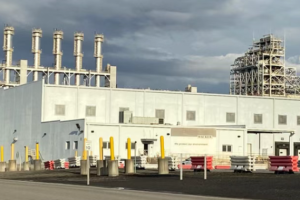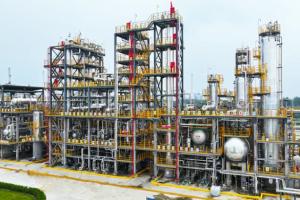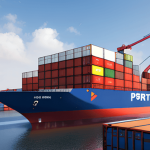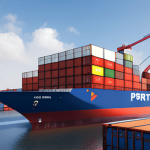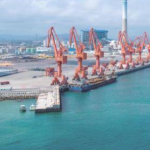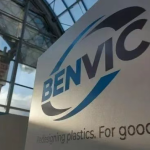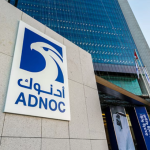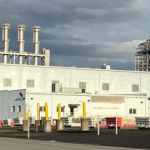August 31st – Titanium dioxide, a star product in the industrial pigment sector, underscores not only the color and performance of multiple industries but also reflects nuanced shifts in the global economy and resource allocation. Recently, dynamics in the titanium dioxide market have garnered widespread attention, particularly in aspects such as raw material supply, production technology innovation, and the international trade environment, revealing a series of new trends and challenges.
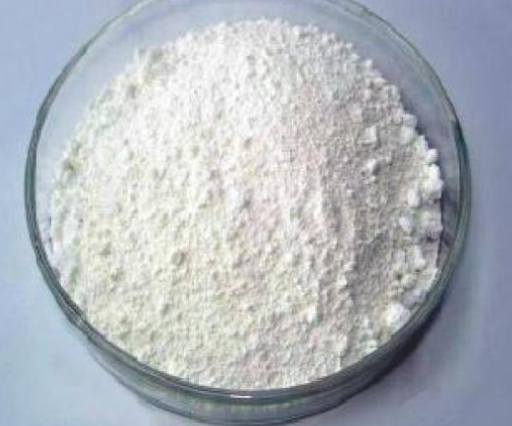
At the upstream of the titanium dioxide industry chain, stable supply of raw materials forms the cornerstone of sector development. Titanium ore, as the core raw material, directly impacts downstream production. According to insights from the Color Masterbatch Industry Network, despite China’s status as a major reserve holder of ilmenite, the scarcity of high-grade rutile resources prompts the nation to rely on imports to meet the production demands of high-end products. Furthermore, price volatilities in key auxiliary materials like sulfuric acid and chlorine also exert pressure on production costs.
In terms of midstream producers, Chinese titanium dioxide enterprises have secured a significant position in the international market through technological innovation and capacity expansion. However, with the EU, India, and Brazil initiating anti-dumping investigations against Chinese titanium dioxide products, the international trade environment facing the industry has become more complex. This necessitates Chinese companies to focus not only on sustaining export growth but also on enhancing product quality, optimizing export structures, and actively exploring new markets.
In downstream application areas, titanium dioxide, with its exceptional properties, plays an irreplaceable role in various industries including coatings, plastics, and papermaking. As the global economy recovers and infrastructure development accelerates in developing countries, the demand for titanium dioxide continues to grow. Notably, the Asian market, especially emerging markets like India and Vietnam, witnesses a surge in demand for titanium dioxide, providing ample opportunities for Chinese exports.
It is worth noting that the scarcity of titanium resources and their concentrated global distribution pose severe challenges to the titanium dioxide industry chain. The closure of old mines, slow exploration of new mines, and resource depletion issues all exacerbate the global shortage of titanium ore supply. This not only drives up the prices of titanium concentrate but also prompts countries to intensify resource exploration and development, enhancing resource utilization efficiency.
To address these challenges, the Chinese titanium dioxide industry must adopt multiple measures to ensure the healthy development of the industry chain. On the one hand, strengthening technological innovation, improving production efficiency and product quality, is crucial to navigate uncertainties in international trade. On the other hand, actively diversifying import channels to reduce dependence on single sources, while accelerating domestic resource development and technological innovation to enhance self-sufficiency, is imperative. Additionally, focusing on sustainable development and researching more environmentally friendly production technologies to reduce environmental impact is also an inevitable trend for the industry’s future development.
In summary, the healthy operation of the titanium dioxide industry chain requires close collaboration and concerted efforts from all segments. In the complex and ever-changing international trade environment, the Chinese titanium dioxide industry must maintain keen insight, flexibly应对various challenges, and strive for sustainable industry development.
